Media | Articles
Review: Volvo XC90 Recharge T8 Inscription
The mission was simple enough: drag a trailer 600 miles from Los Angeles to Winnemucca, Nevada, load up a car, and haul it back. There were, however, some interesting nuances. The car was a 1972 Lamborghini Espada, a derelict rolling chassis with no engine or transmission. The intention is to convert it into an electric vehicle—an E-Spada, if you will. And when our local Volvo PR man heard about this insanity, he suggested taking a Volvo XC90 Recharge plug-in hybrid, because electrified cars gotta tow (eventually) electrified cars, right? Nods all around.
Don’t waste your time commenting that we should have taken a Rivian or a Ford Lightning. Sure, a pure electric truck towing a soon-to-be-electric Lamborghini would have made more perfect symmetry. But because we would have been forced to stop a whole bunch of times to recharge the rig, it would have also verified to another set of would-be commenters that electric cars are just a silly comedy of magical thinking. Our mission brief involved 1200 miles of towing over two long, back-breaking days (did I mention that two other forsaken Lamborghini Espadas were also being snatched in this raid, along with a truck full of parts?), which meant that at least some internal combustion would be necessary. The future is not now, it’s still in the future.

Enter the XC90, a $70,000 luxury crossover ($81,290 as tested) with handsome styling. While it’s not uncommon to see vehicles of the XC90’s size towing small utility trailers and camping “caravans” in Europe, that’s not exactly a regular thing in America. Even so, the plug-in-hybrid XC90 has a 5000-pound towing capacity, and Volvo offers a very Volvo-ish towing kit. It includes a stout-looking, cast-iron Class II receiver hitch. That hitch sits tucked up behind the bumper, out of sight, until you push a button inside the cargo area. A solenoid releases the hitch, which then drops below the bumper, where it must be manually pulled and twisted down to lock into place. After that, you install the special banana-shaped ball insert available from your Volvo dealer, because nothing else fits. To hide the hitch, you must remove the ball, push the button to release it again, then tuck it back up behind the bumper. Nobody in the school pick-up lane will be any wiser.
Buttons and special banana-bits are never cheap; Volvo charges $1530 for the hitch and another $207 for the ball insert. Sure, you can slap a Draw-Tite receiver and ball onto your pickup for a couple hundred bucks, but there isn’t a ton of cross-shopping between pickups and Volvos. And if you are in the Volvo lane, at least the company offers a towing option.
One problem I did encounter is the eyelets for the trailer’s safety chains. They are Euro-small, no doubt so the whole thing can tuck neatly behind the bumper. Most Yankee trailers have giant meat hooks or big D-rings on the end of their safety chains to prevent runaway trailers, and they are too big for the Volvo’s attachment points. For our purposes, a sketchy fix was engineered involving ratchet straps and zip ties. That is, until we reached an Ace Hardware, where our crew found a couple of five-dollar, 20,000-pound-rated rings capable of both fitting through the holes and accepting our trailer’s hooks.
Marketplace
Buy and sell classics with confidence
Backed up to a borrowed Trailex CT-8045, an all-aluminum tandem-axle that is basically the BMW M3 of open-deck trailers, I headed out to pick up a Lamborghini.

This deal was two years in the making, starting from a chance encounter on Facebook with a guy whose passions are split between airplanes and goony old Italian cars. Sometime in the 1980s, he acquired three Lamborghini Espadas in varying states of decrepitude and brought them home to an airplane hangar in northern Nevada. Our man intended to restore these cars, but there they sat, as our man was also the sort who accumulates projects. The Espadas shared space with a Lotus Europa in pieces, a Formula 2 car, a partly disassembled North American NA-64 Yale, a wingless Boeing Stearman, a Bellanca Super Decathlon, and a whole bunch of other car-airplane-boat stuff. At home, he’s building another airplane in the garage.
For our part, a coalition was formed among individuals interested in the Espadas. Negotiations commenced on a full buy-out of the lot. A year passed. The deal was finally sealed this past December, over text message. The scramble was on, a chase to procure trucks and trailers for three Lamborghinis that hadn’t moved under their own power in more than 30 years.
The XC90’s spec sheet does not exactly scream “tow vehicle.” Under the hood is a 2.0-liter four suffused with both a turbocharger and a supercharger. Twofold boosting is definitely required to move the car’s 5100-pound bulk, not to mention the seven passengers you might put aboard and the 5000 pounds of trailer a person might hang off the back. In the Recharge model, an 87-hp electric motor drawing from an 11.6 kW/hour battery also comes to the aid of this hardworking little engine, for a combined output of 400 hp and 472 pound-feet of torque.

The Volvo cossets you in comfort. There’s a distinct Swedish flair to the sparse design, and the dash is a suitably modern assemblage of high-res digital screens. Volvo gives you some control over the hybrid system, letting you recharge the battery off the engine and then hold the juice, worth about 35 miles or so of electric driving, until you want to use it. The power demands of pulling a trailer over 7000-foot passes meant that our battery depleted fairly quickly, so at some point charge state ceased to make any difference.
If you want to watch a small engine suck premium fuel, latch a trailer to the back of an XC90—even the M3 of trailers, which weighs only 900 pounds. The EPA rates the XC90 Recharge in the mid-20s when not in electric mode. The burn rate rose substantially with trailer attached, leveling off around 16.5 mpg. Sure, towing. But another issue quickly presented itself: With the Volvo carrying so much hardware, there isn’t much room for a fuel tank. The 18.5 gallons stored seems decent until your mileage crashes in remote wilderness.
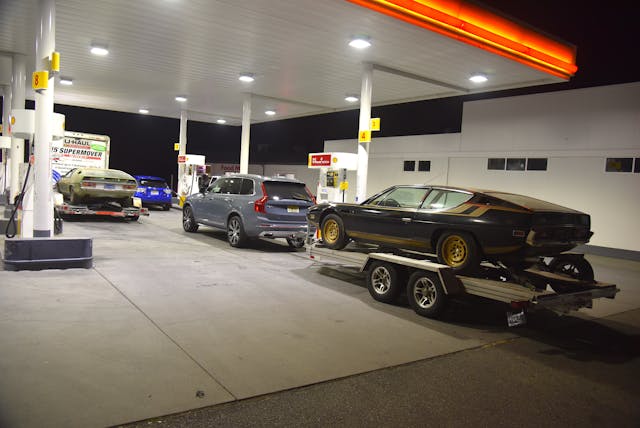
Fuel stops were many, often because the XC90 couldn’t be driven to the limit of the tank in unpopulated Nevada, where the next station might be a hundred miles distant. One last observation about fuel: for a company as dedicated to environmental issues as Volvo purports to be, their capless filler seems designed to cause spills. No matter how long I waited after the pump clicked off, every time I extracted the filler spout from the hole, the flap would snap close and direct a dribble (or a deluge) of un-swallowed fuel down a separate relief hole and onto the ground.
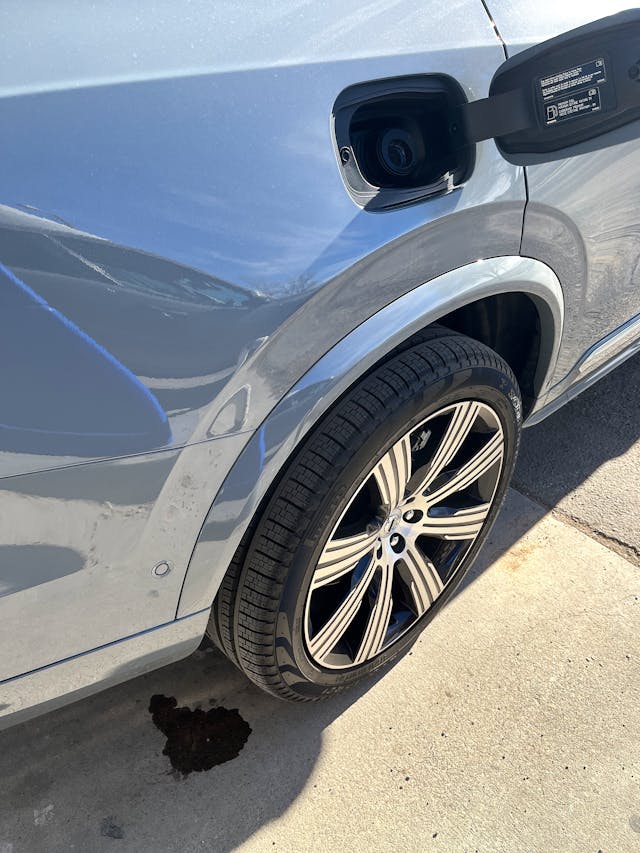
Which partly explains why I want to build an electric Lamborghini. I have an old-fashioned gas Espada already—in fact, I’ve owned three Espadas in my life. They leak and they stink. I would drive them more often, but it takes a solid 20 minutes to warm up the 17 quarts of oil in the car’s 3.9-liter V-12. The cams are set up with massive overlap, for 7000 rpm zings, so the engine pushes out a toxic cloud at idle. Something is always dripping out of somewhere, and the clockspring mechanism that serves as its ignition advance system only has a few thousand miles in it before it needs attention. If I had an electric Espada, 90 percent of a vintage Lamborghini’s infamous reliability issues would be erased, and I could putter to the store and the post office and on any other quotidian chores for which one would not ordinarily use a vintage Lamborghini.
I don’t want an electric Espada to save the world; I want an electric Espada because then I can drive an Espada every day. (Whatever you’re smoking here, Robinson, maybe cut back a little? —Ed.)
I arrived in Winnemucca after ten hours on the road, reasonably fresh thanks to the Volvo’s firm but well-shaped seats. It was already dark, but our little team decided to head to the seller’s hillside house to collect the assorted boxes and two loose engines that had been included in the sale. Those went into a U-Haul van procured for the occasion. The next morning, after a fitful night in the local casino hotel, we caravanned out to the airport to load the cars.
Mine was the easiest, as it had four wheels attached. It rolled freely and was perhaps 800 pounds lighter than stock owing to the absence of a powertrain and other bits. Loading it behind the XC90 took ten minutes—and then we spent another four hours getting the other cars and their assorted detritus packed away for travel.

Some bits were obviously missing, and though the seller swore we had everything and thus we departed, about 90 minutes down the road, he texted to say there were six boxes of parts in his garage that he had forgotten about. No turning around at that point, as the hour was already late and the miles ahead were many. (The boxes would be retrieved later, via a 1950 Beechcraft Bonanza B35 whose owner, a retired United captain and friend, is always looking for a reason to fly).
The Volvo’s little 2.0-liter took no notice of the extra weight. The combination of derelict Espada and trailer was about 3800 pounds, well within the XC90’s tow capacity. Still, it’s a feat of modern engineering that such a small engine can generate so much torque.
I’d like to write that there was action and drama on the drive home, down through the 147,000-acre Hawthorne Army Depot, the largest munitions depot in the world (226 square miles containing 2427 bunkers), along the eastern slopes of 14,505-foot Mt. Whitney and the Sierras, across the Mojave Desert and back into Los Angeles. But there was no drama. Except at one point the Volvo’s tire-pressure monitor swore the pressure was low in a tire, but a gauge proved otherwise.
The black and gold Espada, which I’ve taken to calling the Bandit Espada—or, as one friend suggested, the Aaron Player Special—drew a few confused looks but gave no trouble. Back in LA, the car rolled off the trailer with ease and disappeared into another airplane hangar, there to await the firming up of electrification plans. Right now, it’s not clear if I should use currently available hardware—a drive motor from a wrecked Tesla, say, paired with a homemade pack of likely Panasonic lithium-ion cells—or wait for better and cheaper stuff to come along. Recently, while attending the launch of the Lucid Air, I got to put my hands on a motor that makes 700 hp, weighs 164 pounds, and is the size of a case of wine. This hardware is only going to get smaller, lighter, and cheaper as the electric vehicle industry and the electric-conversion industry mature. So, for now, the E-Spada waits.
And the XC90 went back to Volvo with its tow hitch tucked up under its bumper, perhaps never to be used again. Which would be sad, as the sleek SUV has the ability move more than just people, and in modern, swift style.
***
2021 Volvo XC90 Recharge T8 Inscription
Price: $70,845/$81,290 (base/as-tested)
Highs: 7149-foot Montgomery Pass in Nevada, handsome styling for an SUV, a 2.0-liter that thinks it’s a 6.0-liter, 30 electric-driving miles if you need them.
Lows: Drinks fuel while towing, spills fuel while refueling, the ride is a little choppy on low-profile tires.
Summary: A sensible around-town runner and suitable travel partner, with a dose of style and EV behavior.
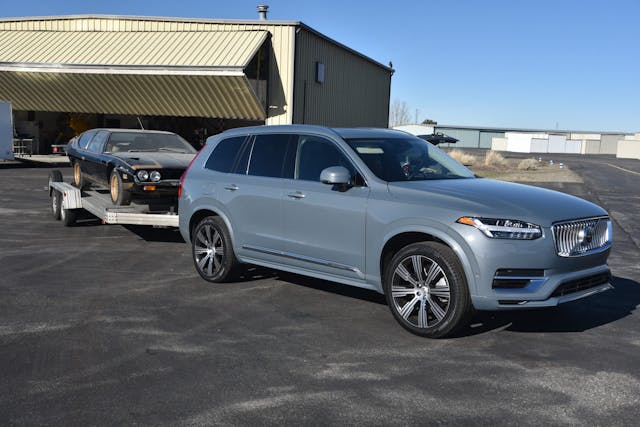
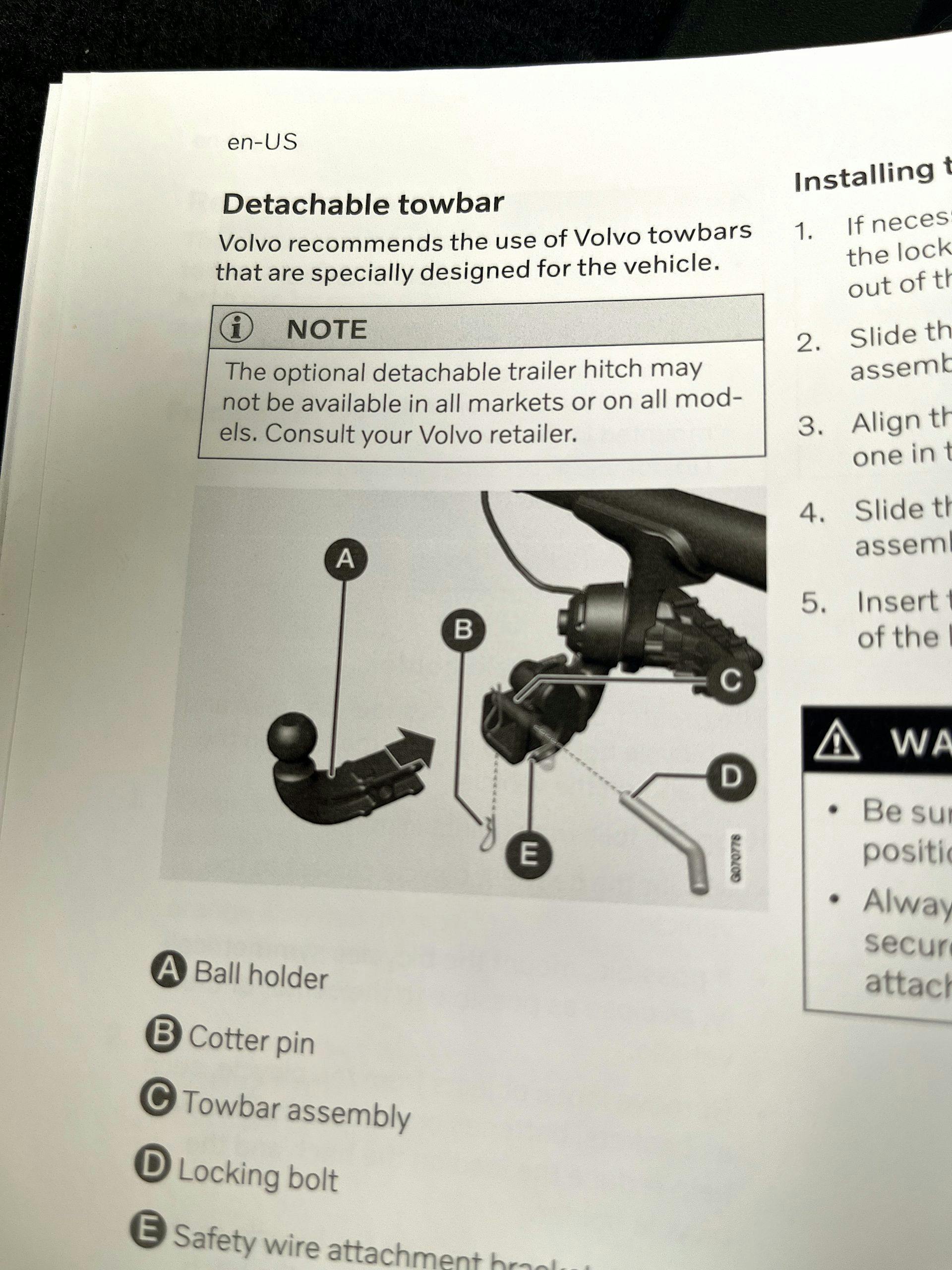

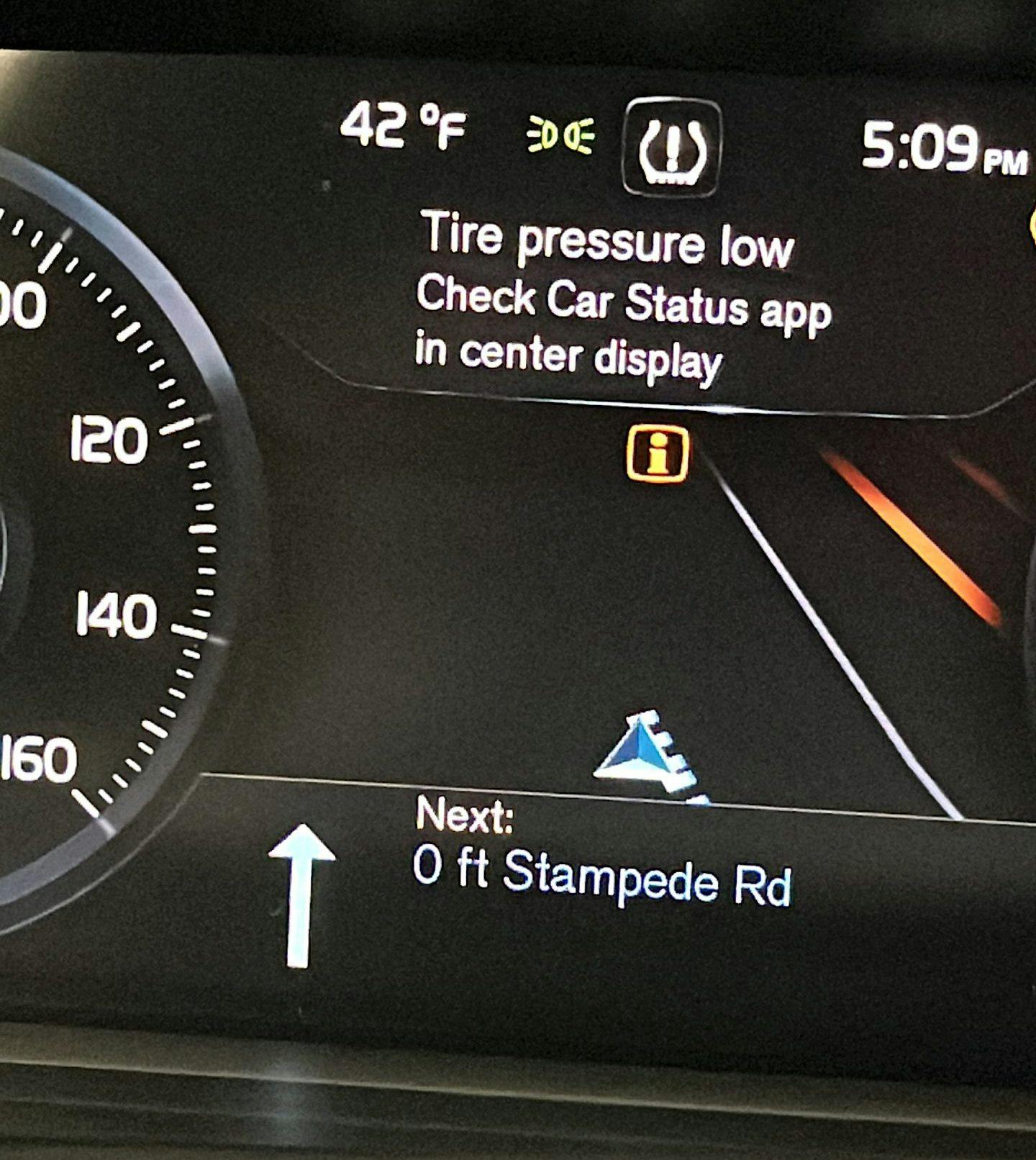
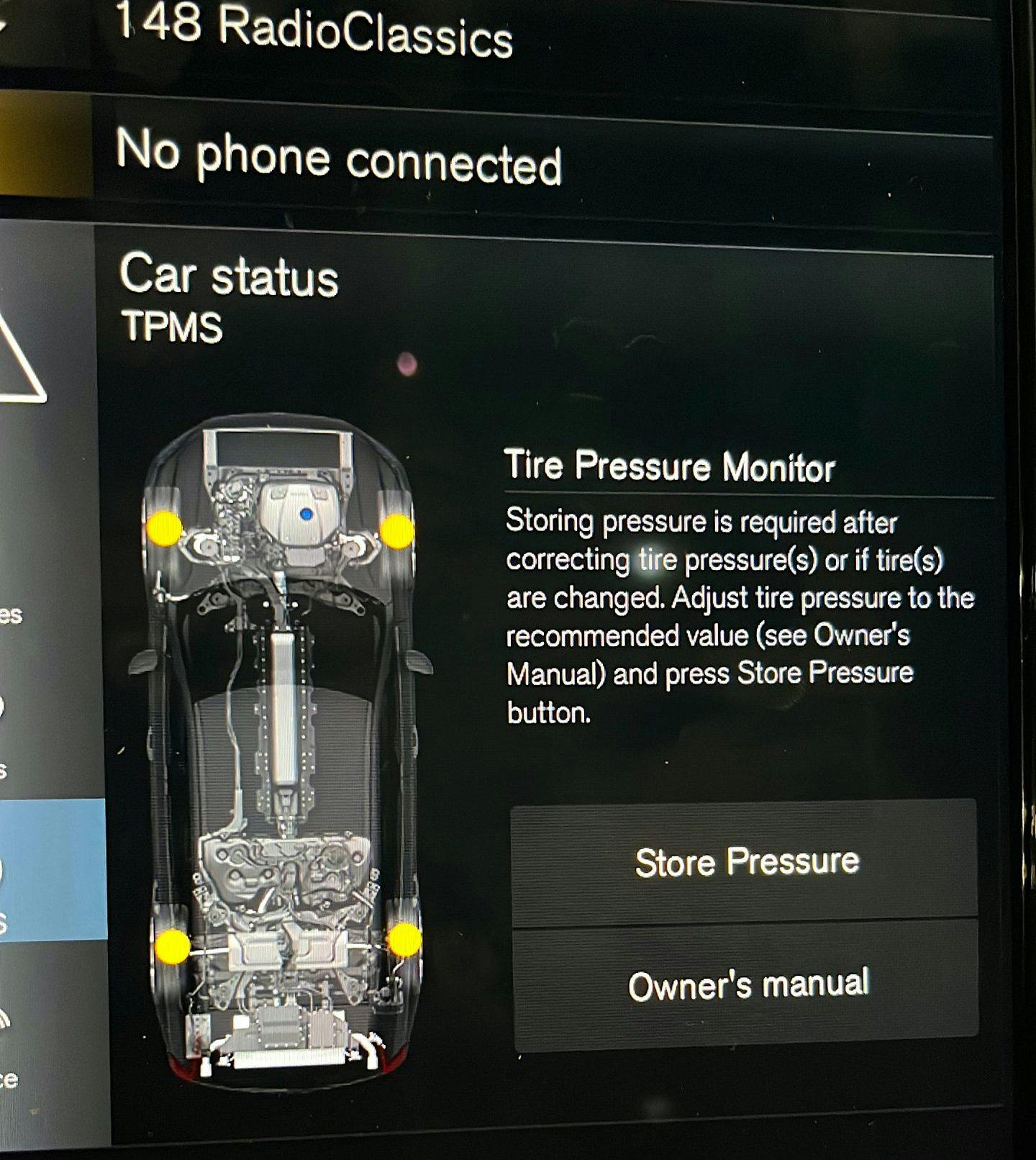













Did you notice any squat of the xc90 when the trailer was hitched? Did the air suspension system correct for the hitch squat so that the ride was level?
16.5mpg seems very good for towing a trailer. You could look at it as 2 vehicles each getting 33mpg. Combined with 18.5 gallons, you have about 300mi of towing range.
I don’t know if anyone that gets notably better fuel economy towing a trailer except maybe those with a diesel pickup and small trailers.
Could you share a photo of the 20,000-pound-rated ring that you purchased at Ace Hardware that allowed for connection of the safety chain hooks? I would like to do the same thing.